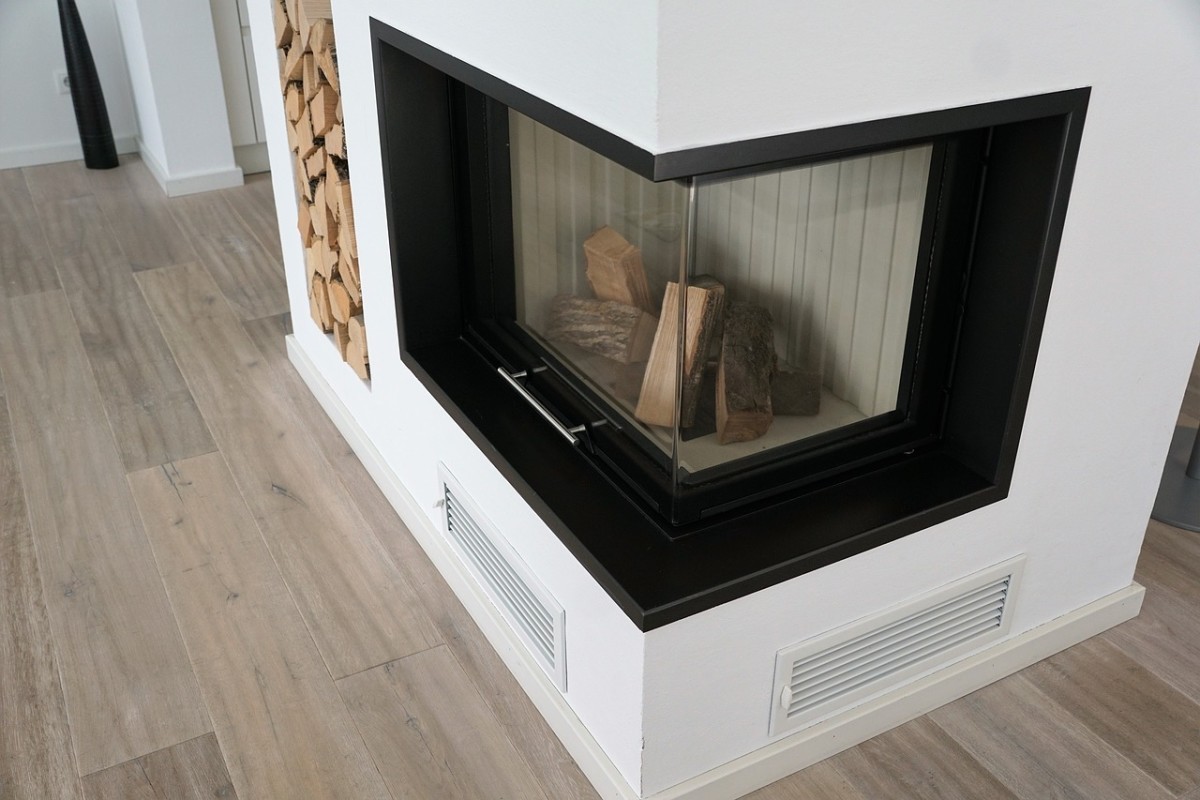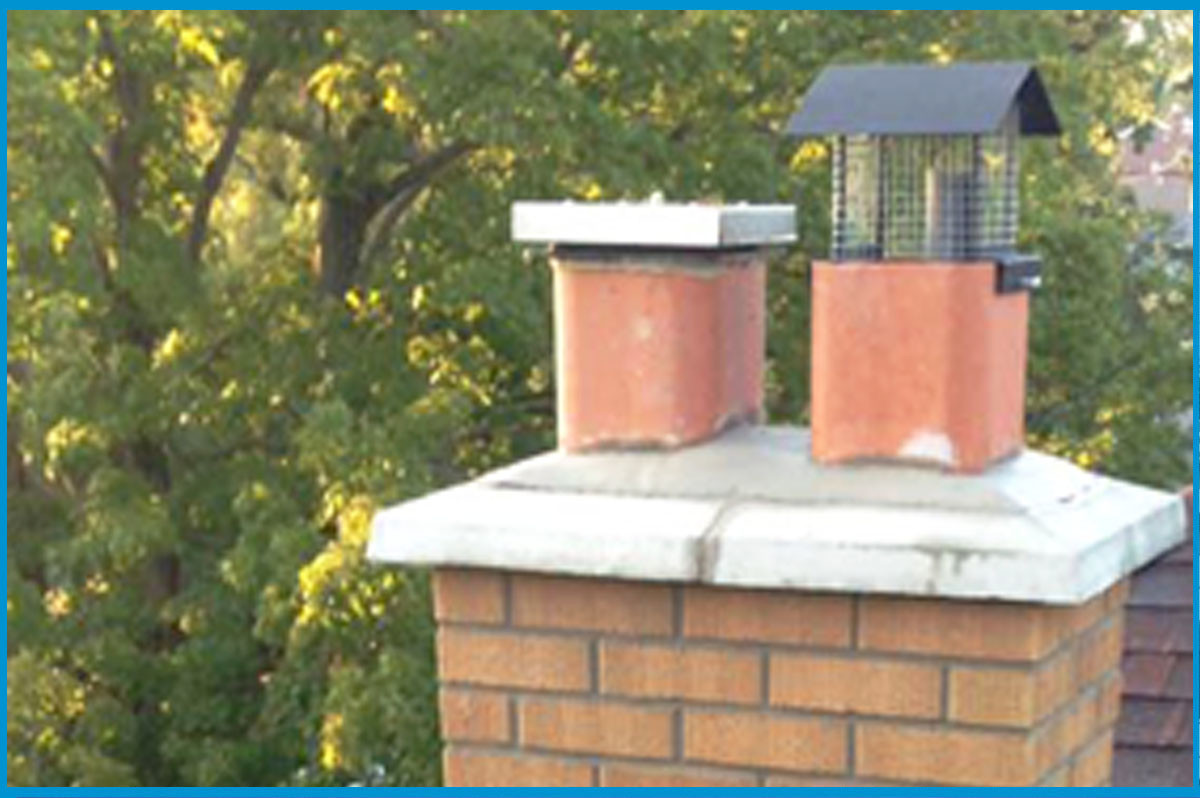How to Clean Your Fireplace Glass?
As the fall season is now upon us; many people will return to using their fireplaces as an appliance that provides cozy warmth, and provides an ambience in character with the season.
In preparation for using one’s fireplace; there are certain requisite maintenance items that should be addressed.
The first step is to arrange for associated chimney flues or stove pipes to be cleaned. If the roof is steep, or chimney access is high; it is best to enlist the services of a professional chimney sweep that has fall arrest certification, and who carries the appropriate liability insurance.
The interior hearth should be protected from infiltration of soot and dust which will result from scrubbing the chimney with long rod brushes.
Inspection of the smoke chamber and flues, using a mirror and flashlight are highly suggested, to inspect for obstructions from birds, animals, or loose bricks; which could impede the fireplace from drawing correctly and result in interior smoke.
Stovepipes should be inspected for secure joints between sections and pin-holes if the stove pipe is older. Replacement of any suspect pipe sections will be necessary for safety.
Make sure that rain caps and animal screens fixed to the tops of flue tiles are secured from blow-off.
Once completed, an interior fireplace cleanout can begin. Using a dustpan; remove all major soot and debris. Use a vacuum to suck up all remaining dust and particulate.
Use a mixture of baking soda and vinegar to clean soot marks off exterior brick or stone masonry at the face of the hearth.
Finally; you can clean your fireplace glass. While a number of commercially formulated products do a splendid job of removing the sooty haze which develops on the tempered glass; there are products found around one’s home that can do an equally good job, particularly with a little elbow grease.
Begin by using a wire brush to scrape away and loosen any creosote buildup around the Interior, perimeter metal frame of the glass door.
You can clean your fireplace glass with distilled white vinegar; and by adding a small measure of baking soda, this will form a paste that can serve to loosen and remove stubborn soot marks. Use old newspaper to clean the glass interior surface. Beware that using certain harsh chemicals can actually damage the high heat glass surface. Once the major grime has been removed; repeat the activity using only vinegar and old newspaper. The process can be repeated using vinegar on the exterior glass door surface.
One can reduce the effort necessary to keep the fireplace glass doors clean by cleaning the glass before each use of the fireplace.
To learn more about masonry fireplaces, and their maintenance and care, visit: www.avenueroadmasonry.com


